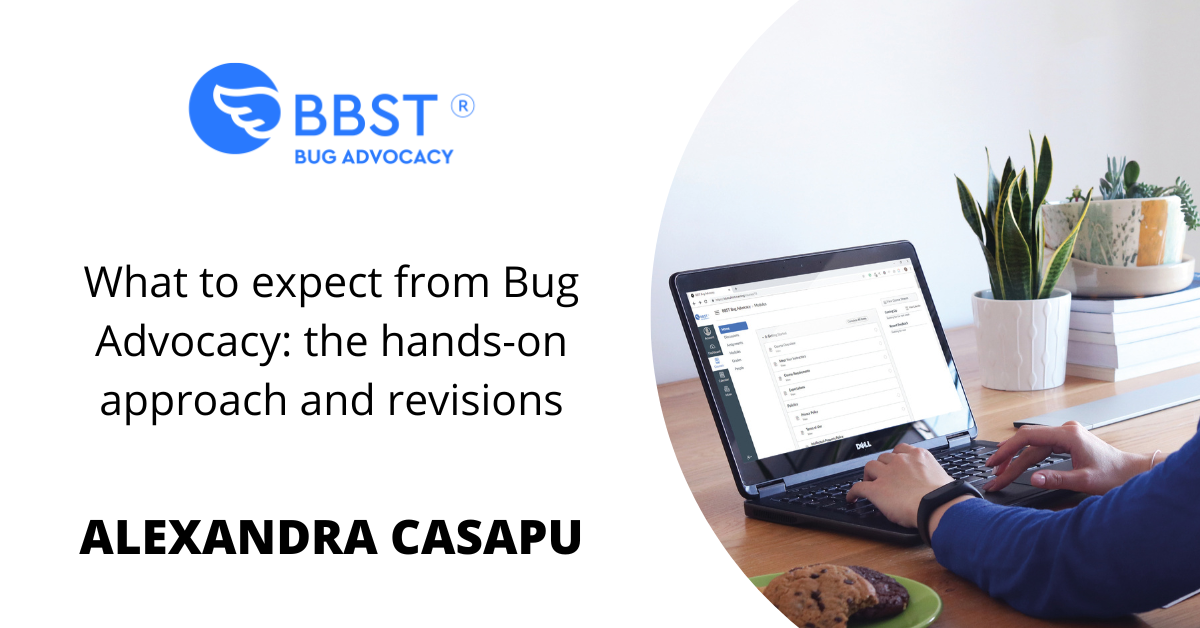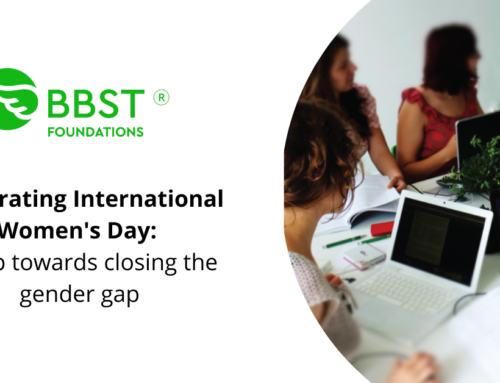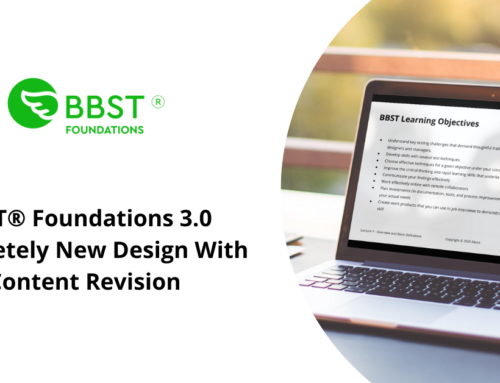If you have completed BBST® Foundations, congratulations! You can now move on to a more hands-on part of the BBST® series, starting with evaluating bug reports in the Bug Advocacy course module.
Compared to Foundations, this module is much more focused on practical exercises. You get to work on live bug reports of open-source applications. You can actually contribute to the documentation of these bugs.
The most appreciated feature of the course is the interactive grading session. In contrast to Foundations, this session happens halfway through the course: you get feedback for an assignment, instead of the final exam. This way, your instructors will provide feedback that you can apply immediately on a subsequent assignment.
The interactive grading session will be on Skype – a call with one of your instructors.
The assignment you will discuss is your actual contribution to a bug report in an open-source project. After you get constructive feedback on your work, a second assignment will give you the opportunity to apply that feedback by contributing to another bug report. This practice-feedback-practice flow has proved to be a very valuable learning technique during the course development over the years and from Cem’s teaching experience. We learn new skills by practicing and getting actionable feedback on our work, then practicing some more. The skills you practice here are:
- investigating a behavior based on the available information.
- communicating your findings through arguments that motivate others to take the appropriate action – either fix it or close it/focus on something more important.
Remember, the point of using interactive grading is to let the student focus on learning. That’s why your grade cannot go lower during the session. When you have no reason to worry about the grade you can fully focus on applying the feedback and learn from it.
What’s new in this edition
Some of the lessons in the workbook were adapted and the chapter order was rearranged to avoid the confusions that some students had in previous years.
Different exercises and assignments were changed for the same reasons: students were confused or could not complete the assignments the way it was intended.
Most recently, new quizzes were introduced. Based on feedback from students in older sessions, these new quizzes aim to be more clear.
Discussions
Share your take on the subject or leave your questions below.





